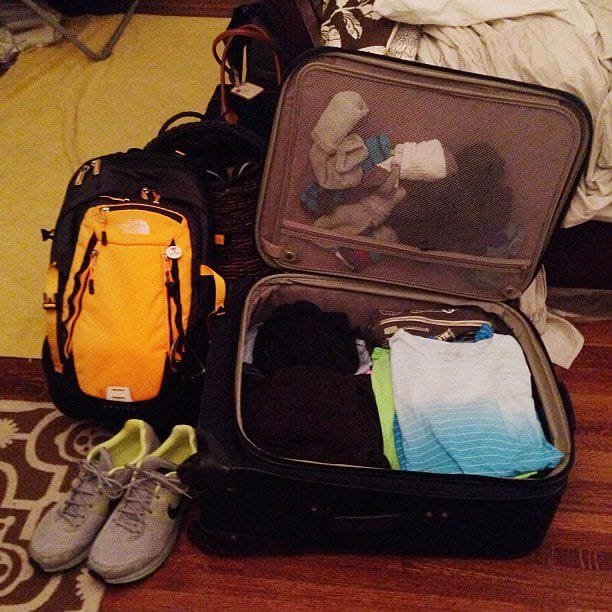
INTERNATIONAL
info@allinafricasafaris.com
INTERNATIONAL, 24/7 Help Support
USA/CANADA | M-F 9:00 am - 5:00 pm

Things To Pack While Planning a Gorilla Trekking Trip: Gorilla trekking entails going through Africa’s tropical woods to see mountain gorillas in their natural habitat. In order to have a memorable safari experience, one must carry these items.
An excellent item to have on hand for your gorilla trekking is hiking shoes or boots. Hiking on the terrain might be a little difficult at times, but having water protection and adequate ankle support can make your journey much more enjoyable. Make sure your footwear are completely broken in for a pleasant hike before you start.
Gorilla trekking will be more enjoyable if you have the ideal hiking pants and a light long-sleeve shirt. Wearing such clothes during gorilla trekking helps shield your arms and legs from insects, branches, and the sun.
Even though you are going to see gorillas during the dry season, you should still bring waterproof clothing because rain is a possibility. For this reason, you should be ready for the likelihood of rain during your hike. One of the best solutions is to pack waterproof gear, but because of the extreme heat, you risk becoming extremely hot and sweaty.
Packing List for Items to Bring on a Gorilla Trekking Trip
Always ensure that you are completely shielded from the sun if you frequently visit gorillas in their natural habitat. We advise you to wear long-sleeved shirts and pants, bring a wide-brimmed hat, and apply sunscreen. Many hikers prefer to bring sunglasses with them on their excursion.
Be aware that rain might fall at any time of day in areas where gorilla trekking is practiced. Therefore, it is advised that you bring this daypack with you to assist safeguard your valuables, such as your camera, water bottles, additional clothes, and snacks.
You must carry a camera on your gorilla trekking excursion, and you will want to find a way to keep it dry during a tropical downpour. A Ziplock bag is a preferable option if the camera is smaller. In addition, you may want to think about using a backpack liner or dry bag to keep all of your items secure and dry within your daypack.
Gorilla trekking typically begins with a briefing at 8:30 a.m., after which a park ranger will divide you into groups of eight. You will then have a terrific chance to trek gorillas in their natural habitat, which might take place for more than half the day. You should bring some food with you because you might go hungry in this situation. Don’t forget to include energy-boosting snacks like dried fruits and nuts.
salts for rehydration;
Because you will perspire a lot when hiking in humid weather, your body may need to replenish its water and salt stores.
You should make sure to fill up your water bottles before leaving your hotel room on the morning of your gorilla trekking adventure because you will need to carry a lot of water to stay hydrated while traveling in this dense forest.
The park service strongly recommends this type of item.
In addition to providing exceptional mud and dirt protection, gaiters can help prevent dirt and stones from getting inside your hiking boots. Additionally, it provides some defense against bug bites. Though they are advised, carrying them may not be necessary.
In addition to being home to primates, this tropical forest is also a site where you may go to look for gorillas and collect insects. Insects including leeches, stinging caterpillars, and safari ants may be seen among the gorillas in Uganda.
Therefore, it is advised that you purchase an insect repellent with at least 20% deet as the active ingredient in order to protect yourself from bites. Mosquitoes can carry malaria and can be found in other parts of Uganda, so you might be surprised if you don’t encounter any when trekking. “This is because altitude is too high.”
Tipping is actually a way of life on safaris in Uganda. Therefore, we suggest that you bring enough cash so that you can tip and purchase other things. The simplest choice is to tip the drivers, waitresses, and guides in local shilling, but you can also give them in US dollars. You can leave them a gratuity of $15 to $40 or more.






